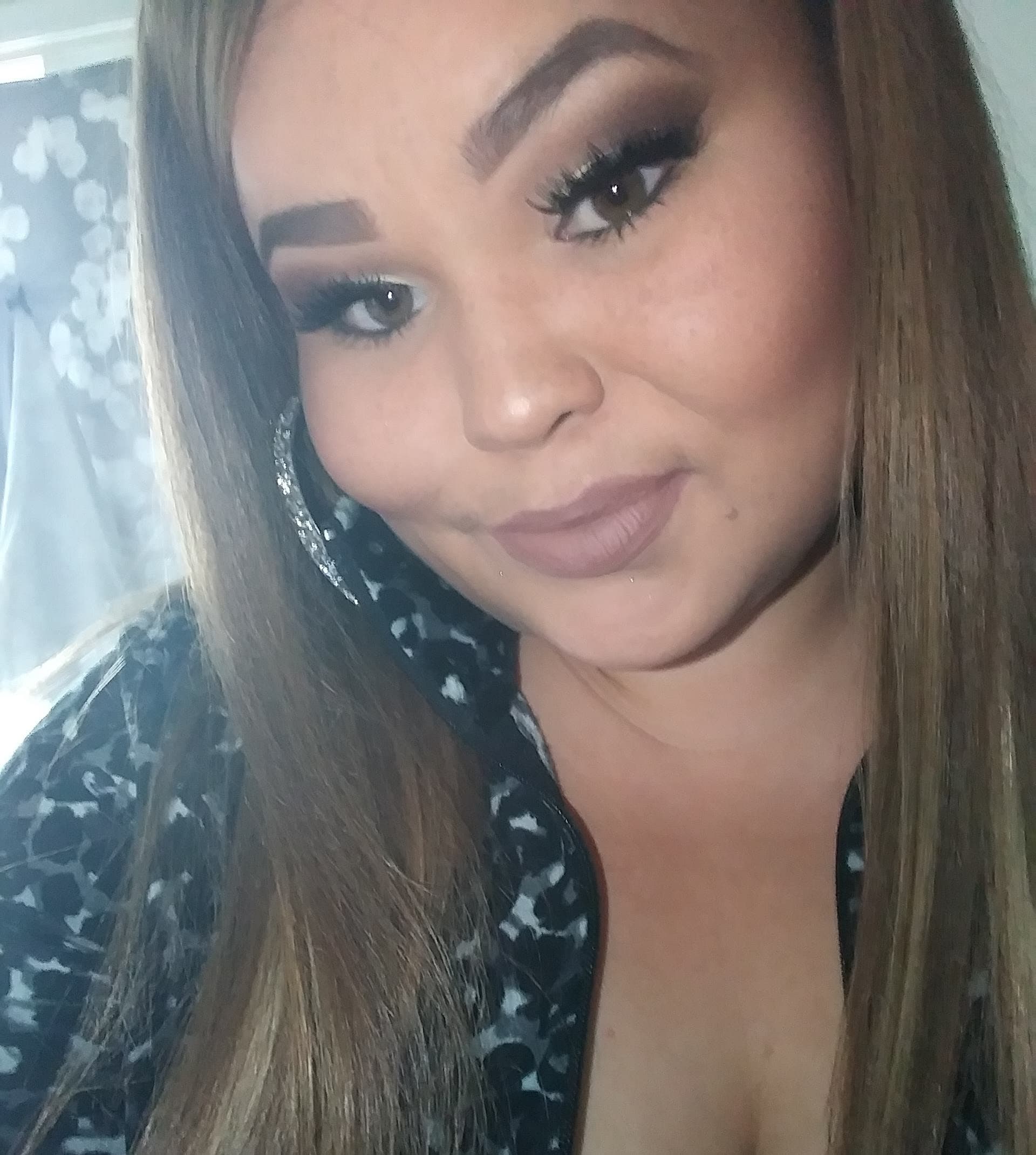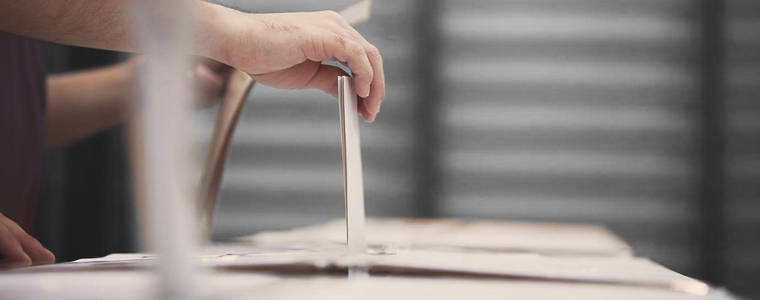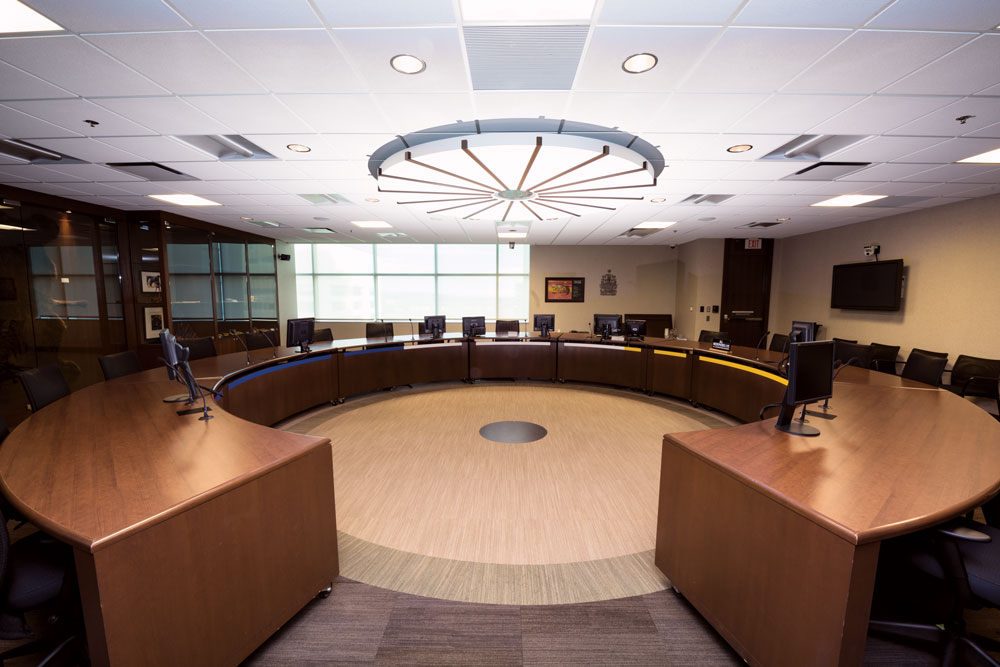Pathways to Healing: Youth Mentorship Program
December 20, 2019 | Pathways to Healing, Youth Mentorship
By: Jaskirat Ghuttora
One program of the Elizabeth Fry Society of Calgary that you may or may not have heard of is the Youth Mentorship Program and it is one that I would like to shed some more light on. The Youth Mentorship program aims to pair marginalized and underprivileged youth with volunteers from EFry in order for them to have a positive role model to look up to and learn from in their lives. This program gives a helping hand to those youth who find themselves in trouble because no one is there to listen to them, and they just need their voice to be heard.
I would like to focus on one of our youth mentors, Jackson Eckes and his experience with his mentee on how the mentorship program allowed them both to grow, connect and learn from each other. Jackson discussed how his mentee and him both established common grounds from their upbringings, to their beliefs which helped establish a respectful and empathetic connection between the two right off the bat. From there the connection only blossomed as they were both in somewhat similar situations when they were paired up at the beginning of the school year. On one hand, Jackson was finishing his final year of post-secondary and doing his practicum with EFry in the court volunteer program, while his mentee was upgrading in order to get into his post-secondary degree of choice. This led to an understandable array of stress and emotions, however their mutual experience contributed to Jackson’s ability to see his mentee succeed and be a positive influence on his mentee. Coupled with his mentee’s desire to consistently improved upon work ethic, they were able to progress together.
Eventually, the time will come for Jackson and his mentee to part ways at the end of November. However, after having met one another in August of 2018 and building a strong and meaningful mentor to mentee relationship, Jackson believes it has evolved past that and blossomed into a positive and enduring connection where they both served as positive influences and learning experiences to one another throughout their time together.
As you can see, The Youth Mentorship Program from The Elizabeth Fry Society aims to build a meaningful relationship between mentors and mentees in order to help underprivileged mentees feel welcome into society and accepted for who they are, alongside helping them realize their self-worth. Additionally, it helps youth who may have continued down the wrong path towards opportunities of moving towards a more healthy directions.


